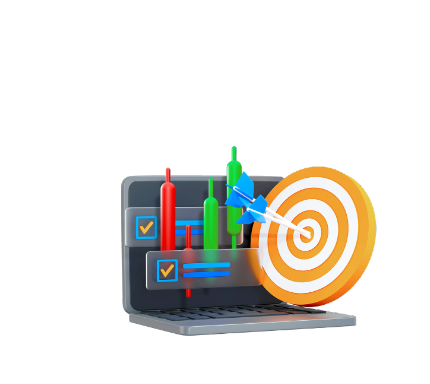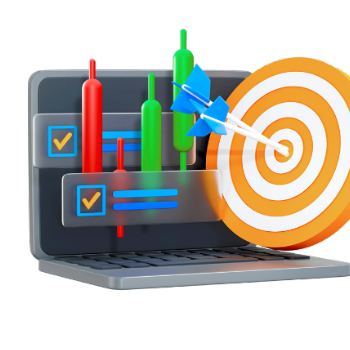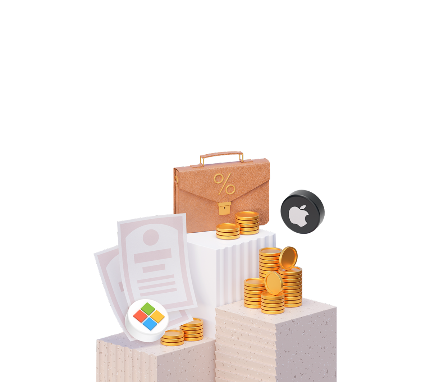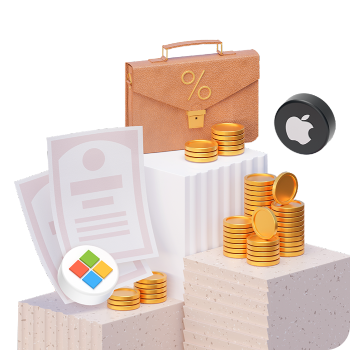How to Create an Investment Portfolio on Forex?

4 minutes for reading
How to become an investor? Where to start and what is an investment portfolio? Let’s try to see into the matter and find out what exactly a person, who decided to start investing, should do.
An investment portfolio is a set of financial instruments. The purpose of acquiring such instruments is of course making profit in the future. Options, stocks, futures, metals, real estate, currencies, and many other assets – all of them can be considered as financial instruments.
The purpose of any investor is getting maximum profit while incurring minimum risks. Unfortunately, it doesn’t always happen this way. In order to balance possible profit and losses, investors diversify their assets, which means that they don’t invest all their money in one particular instrument, and allocate their funds into several different items.
Investment portfolio on Forex
For example, we’ve decided to create an investment portfolio using the instruments traded on the forex market (it’s possible and happens quite often). What we do in this case is the following: decide on the invested sum and the profit we’d like to receive, and then explore, explore, and once again explore all available options.
Let’s get into more details. First of all, we must decide on the amount of funds we’d like to invest in this project and the amount of profit we’d like to receive. It makes sense to set minimum thresholds and not try to get all at once. There are several types of investment portfolios, with the most popular being conservative and aggressive. The first one implies getting a small positive result with minimum (if possible) risks. One shouldn’t expect this investment portfolio type to yield extra high profit – your profit will increase slowly. The second type is an aggressive investing, which may earn you a lot of money, but risks and possible losses in this case are much higher as well.
When investing in instruments of the currency market, investors supposedly create an aggressive type of portfolio. It happens because most of currencies and metals are highly volatile, in other words, their prices are very mobile and this fact can be successfully used to get investment revenue.
Creatinп a portfolio
Now let’s try to figuratively group several instruments for our portfolio. Of course, it will be approximate, because all investors have their own preferences. First off, we should start with those currency pairs, which are trading at lows: they are more likely to grow than those trading close to highs. When it comes to investments, it might be better to buy than sell.
After that, one should take the correlation into account, which is the way how currency pair movements depend on each other. From this point of view, it might be dangerous and unwise to buy two instruments that are trading in almost the same direction, because if they start falling, your losses may be doubled. On the other hand, buying two instruments that are moving in different directions might be rather dangerous and risky as well. For instance, in most cases EUR/USD and GBP/USD are moving in the same direction, so if we buy them in the same volume, both pairs will simultaneously be either profitable or loss-making. In this light, opening positions in these instruments in different directions is not a good idea, as the profit received from one of the pairs will only compensate losses incurred from the other one.
Long-term investments
So, what should we do then? The most viable option will be creating a long-term investment portfolio with currency pairs or metals, which are not correlated to each other. For this purpose, one may use cross rates as well, despite their spreads being quite wide. However, it won’t matter much for long-term or mid-term investments.
After your investment portfolio is created, it’s necessary to decide how to allocate your invested money, in percentage terms. For instance, you may equally divide your money into all instruments or invest more funds in some particular ones. In each case, investors make their own decisions, because there is no any universal schemes for this.
Conclusion
When creating an investment portfolio, one shouldn’t disregard CFDs on stocks. However, in this case, it is necessary to take into account a lot of aspects, such as specifics of stock exchange operation or information about companies that may be interesting. One way or another, it will be a hell of a job analyzing trading instruments you want to add to your portfolio. Hopefully, your efforts will be compensated later.











